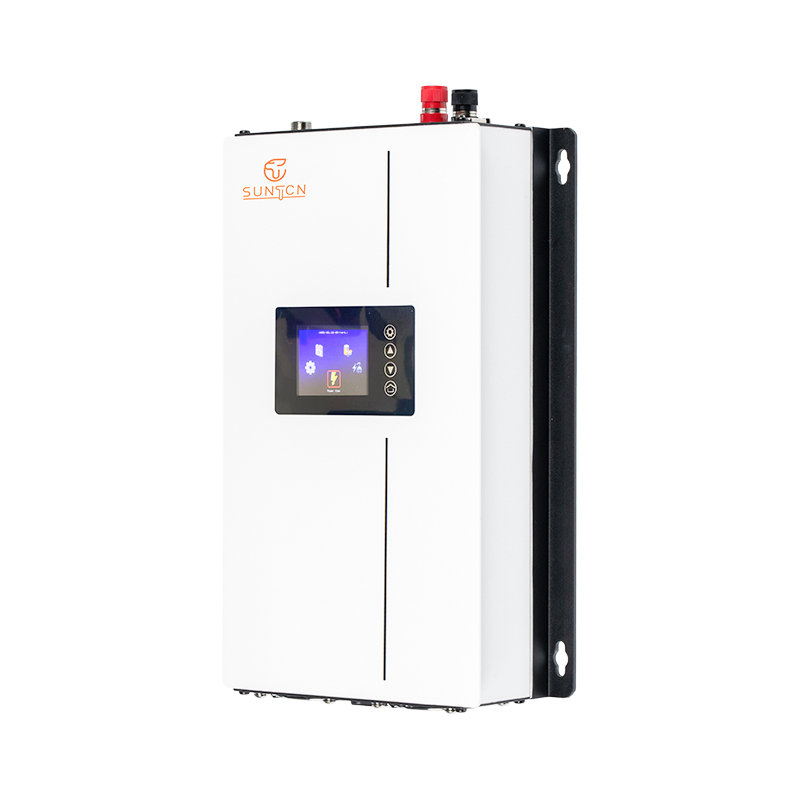Solar grid tie inverters play a crucial role in photovoltaic power generation systems, not only converting the direct current generated by solar panels into alternating current but also ensuring the safe and stable integration of electrical energy into the grid. One particular issue that requires special attention during grid connection is the "islanding effect."
What is the islanding effect?
The islanding effect, also known as island operation, refers to the condition where a grid-connected photovoltaic power generation system continues to supply power to adjacent sections of the grid when the grid experiences a blackout due to faults or maintenance. In such cases, the photovoltaic power generation system loses control from the grid and operates in an uncontrolled manner, potentially leading to a series of safety hazards.
How do solar grid tie inverters detect the islanding effect?

Solar grid tie inverters monitor the status of the grid through built-in islanding detection functions. These detection methods mainly include:
Passive detection:
Over/under voltage and frequency detection: Inverters monitor the voltage and frequency of the grid, and when these parameters exceed normal ranges, the islanding effect may occur.
Voltage phase shift detection: By detecting the phase difference between the voltage and current at the inverter output terminal (i.e., the point of common connection, PCC), it can be determined whether the islanding effect has occurred.
Voltage harmonic detection: It detects the voltage harmonic content at the PCC and compares it with the set reference value to determine the presence of the islanding effect.
Active detection:
Active detection methods apply disturbances to the grid, such as changing the output current or frequency of the inverter, and then observe the grid's response. If the grid does not respond, the islanding effect may occur.
How to prevent the islanding effect?
To prevent the occurrence of the islanding effect, solar grid tie inverters typically take the following measures:
Automatic disconnection from the grid: When the islanding effect is detected, the inverter immediately stops supplying power to the grid and disconnects from the grid to ensure system safety.
Configuration of islanding protection devices: Inverters can be equipped with dedicated islanding protection devices, which can monitor the grid's status in real-time and quickly cut off power when the islanding effect occurs.
Combination of active and passive detection technologies: As mentioned earlier, both active and passive detection technologies have their advantages and disadvantages. Therefore, in practical applications, these two technologies are usually combined to improve detection accuracy and reliability.
Solar grid-connected inverters, equipped with built-in islanding detection functions, can monitor the grid's status in real-time and take corresponding measures when the islanding effect occurs to ensure the safe and stable operation of the system. With advancements in technology and the refinement of standards, future solar grid-connected inverters will possess higher levels of safety and reliability, providing strong assurance for the widespread application of photovoltaic power generation systems.

 English
English Español
Español Deutsch
Deutsch










